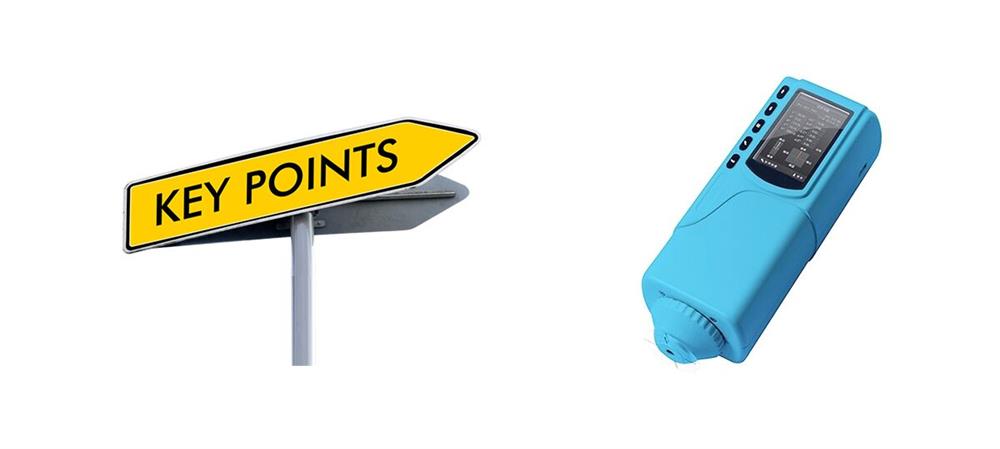3 Points to Influence Colorimeter Accuracy
Thu, Aug 11 by ATO.com
Colorimeters are often used in the field because they produce more accurate readings than titration or color matching. They are also often used in accounts that require higher precision because of the higher risk. Improper disposal can result in higher non-conformance costs (equipment failure or higher energy costs), wasting chemicals. But does the device alone guarantee accurate test results, or are there more factors in play? In this article, we will introduce three important points and you should keep in mind.

- Time. Chemists developing colorimrter methods carefully evaluate the time required for "optimal color development." In some tests, waiting times are required for the indicator to react with the analyte, and a lot of work is required to ensure that these times are accurate. If the exact wait time is not adhered to, the result will be inconsistent test results. Users need to answer according to the instructions of the handheld color meter.
- Glassware. Variations in sample well quality may be greater than the specified error margin for a method. In most cases, users do not test for "matched" sample cells, which greatly reduces errors associated with sample cell differences. Matched cell samples are much more expensive than mismatched cells, and if you break a matched cell, you'll need to buy a new set. So what can you do in the meantime? When I'm in the field, I use a sample unit for blank samples and prepared samples whenever possible; chlorine testing is a good example. This single-unit approach doesn't always work. For example, if you're running multiple samples to determine iron, but if you want to save time, save money on new glassware, and improve accuracy of pocket colorimeter, use this method whenever possible.
- Calibration. Note that your color meter is calibrated for each wavelength it uses. This is a good question, many people say they never check their device's calibration. The idea that many users talk about is that their purchase criteria only check one or two wavelengths, but the other two to four wavelengths will not pay attention. To ensure the accuracy of your test results, you must regularly check the calibration of your colorimeter.
Colorimeters are great tools, but like any analyzer, use and maintain them properly.

